Many people consider taking up martial arts but are hesitant to do so because they are unsure where to begin. The greatest place to begin is with research.
Research cannot go wrong because it will tell you everything you need to know about the different martial arts types, accessibility, availability, and requirements.
Meanwhile, you may learn about the different types of martial arts, such as jiu-jitsu, taekwondo, Mixed Martial Arts (MMA), and karate, by scrolling down.
1. Kung Fu
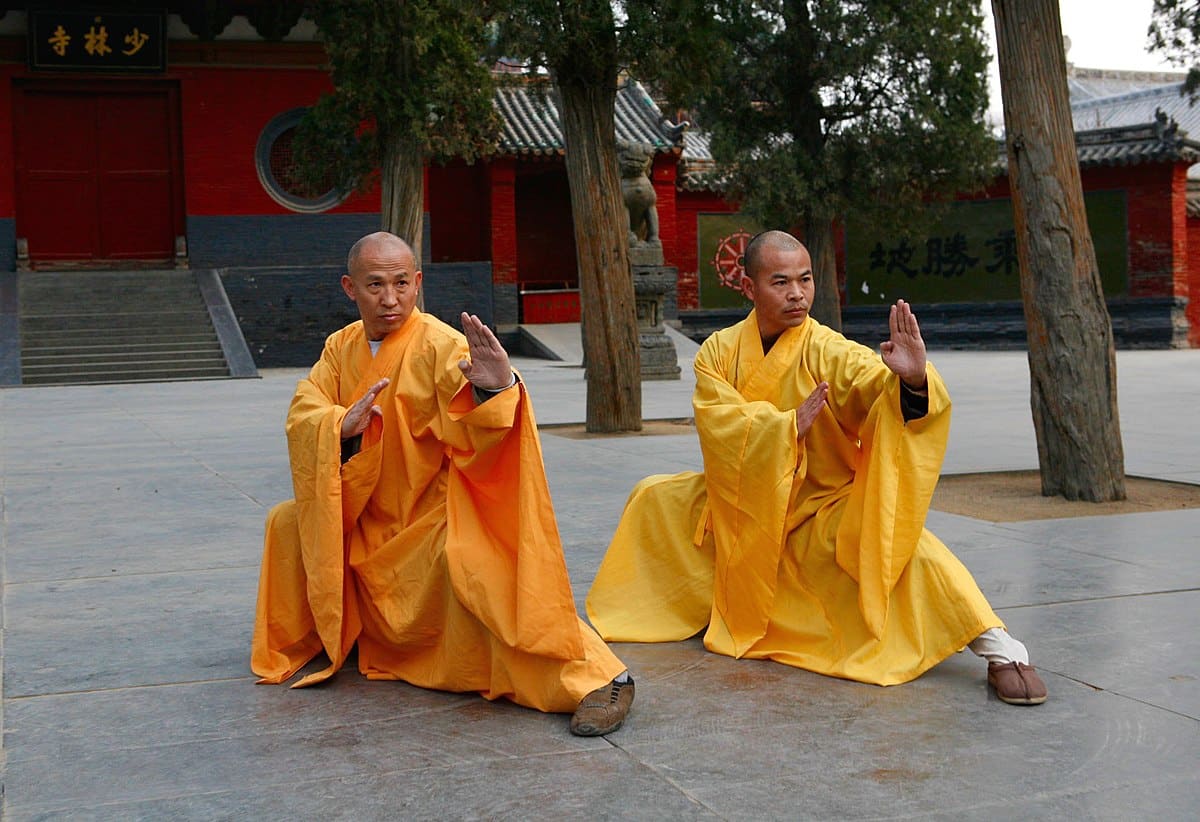
Undoubtedly, it is one of the most well-known martial arts styles ever. The different types of martial arts all share similar themes (usually classified by families, schools, or sects).
Some forms of physical exercises replicating animal movements are used, while others are based on Chinese philosophies, religions, and tales.
Internal styles primarily concern qi, whereas external styles concern muscle and cardiovascular fitness.
Hung Gar, Eagle Claw, Praying Mantis, Five Animals (Shaolin Kung Fu), Monkey, and Wing Chun are popular styles. (Kung fu is commonly used in the West to refer to Chinese martial arts, but its original meaning relates to proficiency in any skill, not simply martial arts.)
2. Karate
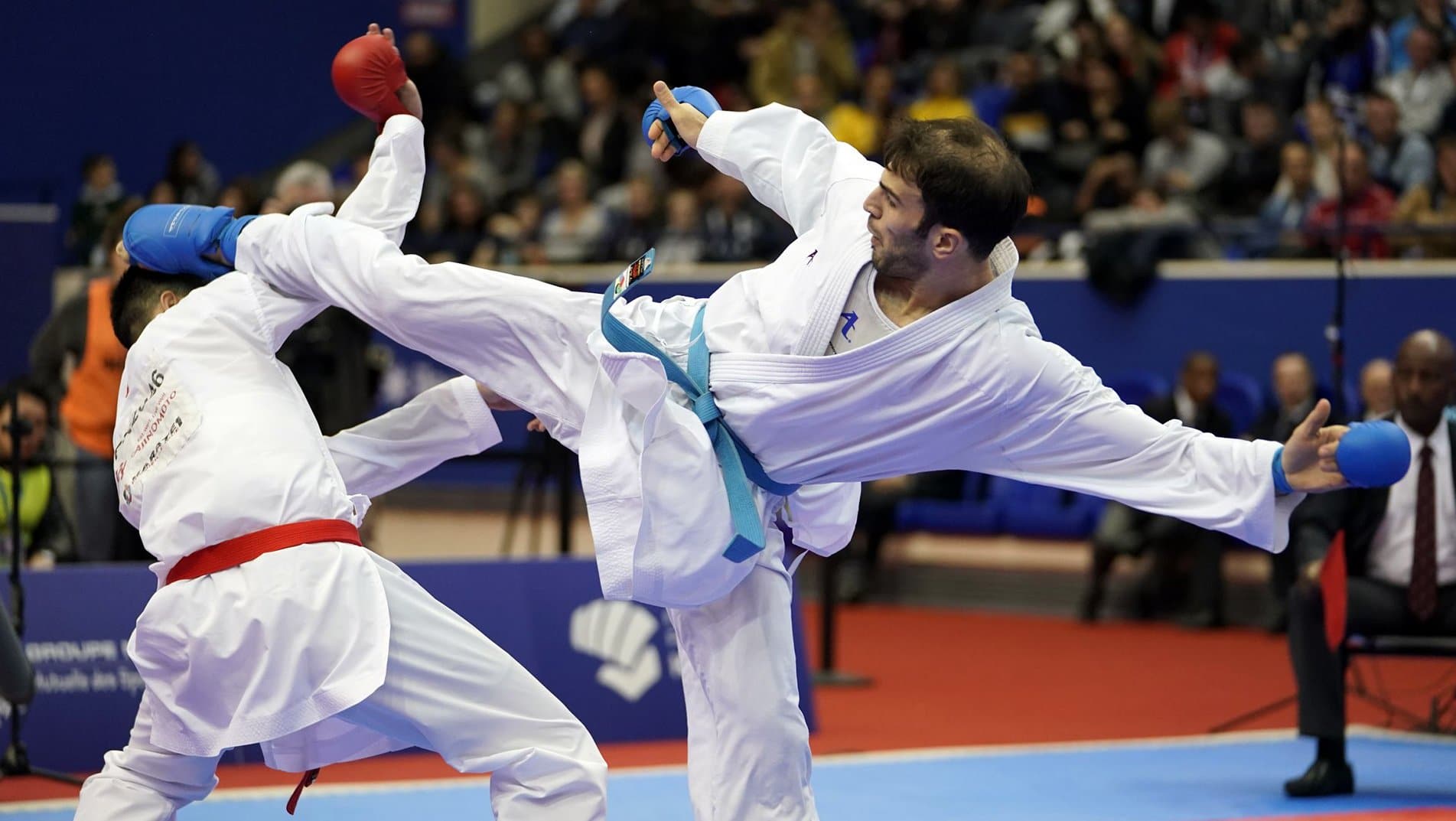
Karate is a martial art that developed on the Japanese island of Okinawa. It was mostly used for self-defense and discipline. It is now used as part of combat sports.
In any case, karate is a great choice if you’re looking for a new hobby, workout, or source of entertainment.
Karate is one of the most widely practiced martial arts styles. While it is more popular in Japan, it is becoming more popular worldwide.
In today’s world, it’s not uncommon to find a karate school in almost every American city and town. There may be more than one of these amenities in some circumstances.
Access should not be an issue unless you live in a rural region. This fighting style uses various striking techniques.
Kicking, punching, kneeing, elbowing, and open-handed techniques are among them. To perform the above-listed hitting techniques, karate practitioners must learn to use every inch of their body.
Compared to taekwondo, karate focuses on hand blows, while taekwondo does emphasize kicking techniques.
The four major traditional karate styles are Shotokan, Goju Ryu, Shito Ryu, and Wado Ryu.
One reason karate is becoming more popular in the fitness sector is that many commercial gyms now offer karate lessons two to three times a week for a small charge.
3. Jiu-jitsu

Jiu-jitsu, also known as jujitsu, is less well-known than karate, yet it is gaining popularity worldwide. Another martial technique developed in Japan is judo.
The major objectives of these martial arts, such as karate and others, were self-defense and discipline.
Jiu-jitsu is also used in combat sports. If you’re a fan of mixed martial arts, you’ve undoubtedly heard of it.
Jiu-jitsu is combined with boxing and other types of martial arts in MMA organizations, such as the Ultimate Fighting Championship (UFC) and Bellator.
Jiu-jitsu practitioners may or may not use weapons. When weapons are used, they are usually small, measuring no more than 12 inches in length.
The short keychain is a short weapon that jiu-jitsu practitioners widely use. This weapon is typically used for self-defense at close quarters.
Joint locks, throws, and pins neutralize an opponent by redirecting an attacker’s energy rather than directly resisting it (as with other types of martial arts, such as karate).
Blocking, fulcrum throw, non-fulcrum throw, evading, and hitting are the five main areas or art of training.
4. Aikido

Aikido, which is classified as a grappling art, is a Japanese martial art that involves flowing with the attacker’s motion rather than directly resisting it.
This Japanese martial art, like jujitsu, uses the momentum and strength of the opponent to achieve your goal (sometimes referred to as “non-resistance”).
Aikido means “the way for harmony,” and it is a martial art form that specifically focuses on channeling and unifying spirit energy.
Aikido is also an interesting martial art because of its ultimate goal of non-aggression while using an opponent’s mobility and momentum against him.
It’s also known as the non-resistance path. Unlike jujitsu, aikido does not involve kicking and uses fewer hand strikes; instead, the practitioner employs a variety of rotating and pushing techniques, as well as joint locks.
5. Judo
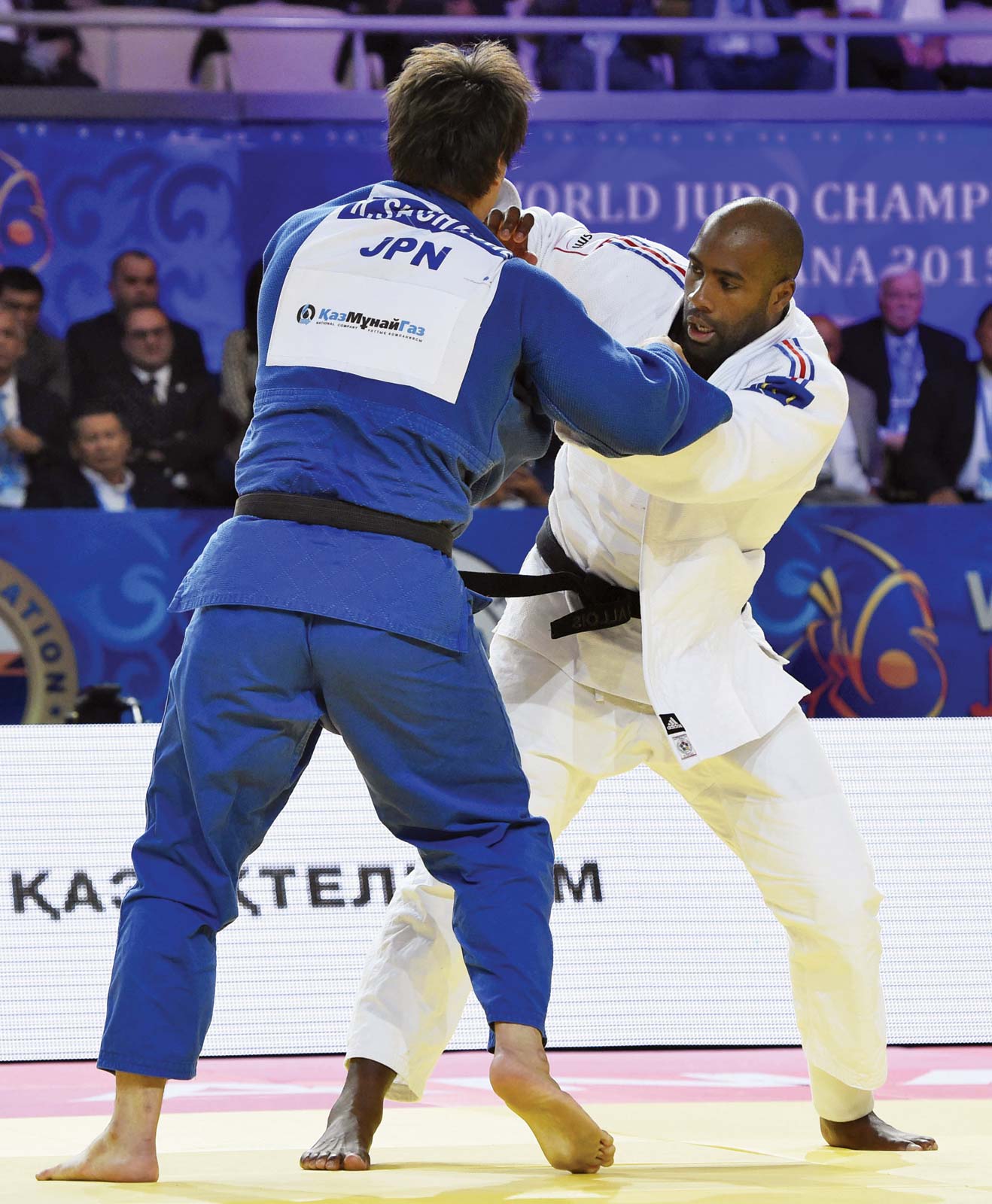
In 1882, Kano Jigoro, a Japanese polymath, developed the concept of Judo. He established the art to teach physical and mental well-being and morality.
Judo’s goal is to eventually pin an opponent to the ground, accomplished by wise movements and throws. The martial art has grown over time and is now an Olympic sport.
Throws, takedowns, pins, joint locks, and chokes are all part of the discipline. Yushin “Thunder” Okami, Yoshihiro “Sexy Yama” Akiyama, Ayaka Miura, and Ken Haseg are all Japanese superstars who have learned this particular art.
6. Taekwondo

Martial artists who studied Japanese and Chinese martial arts developed Taekwondo in Korea between the 1940s and 1950s.
Taekwondo employs several striking techniques and a blocking and take-down system. Because of its complexity, several people have tried this kind of martial arts and found it too tough to learn.
Athletes and other people use taekwondo as part of their strength and speed training. You can accomplish more in taekwondo than in two other martial arts combined.
At least, that’s what some martial arts instructors preach. This art focuses on head, jumping, and spinning kicks and other kicking techniques.
“Ottogi” Dae Hwan Kim, “Pretty Boy” Kwon Won Il, and ONE Lightweight Kickboxing World Champion Region “The Immortal” Eersel are some of the athletes that utilize it.
7. Boxing
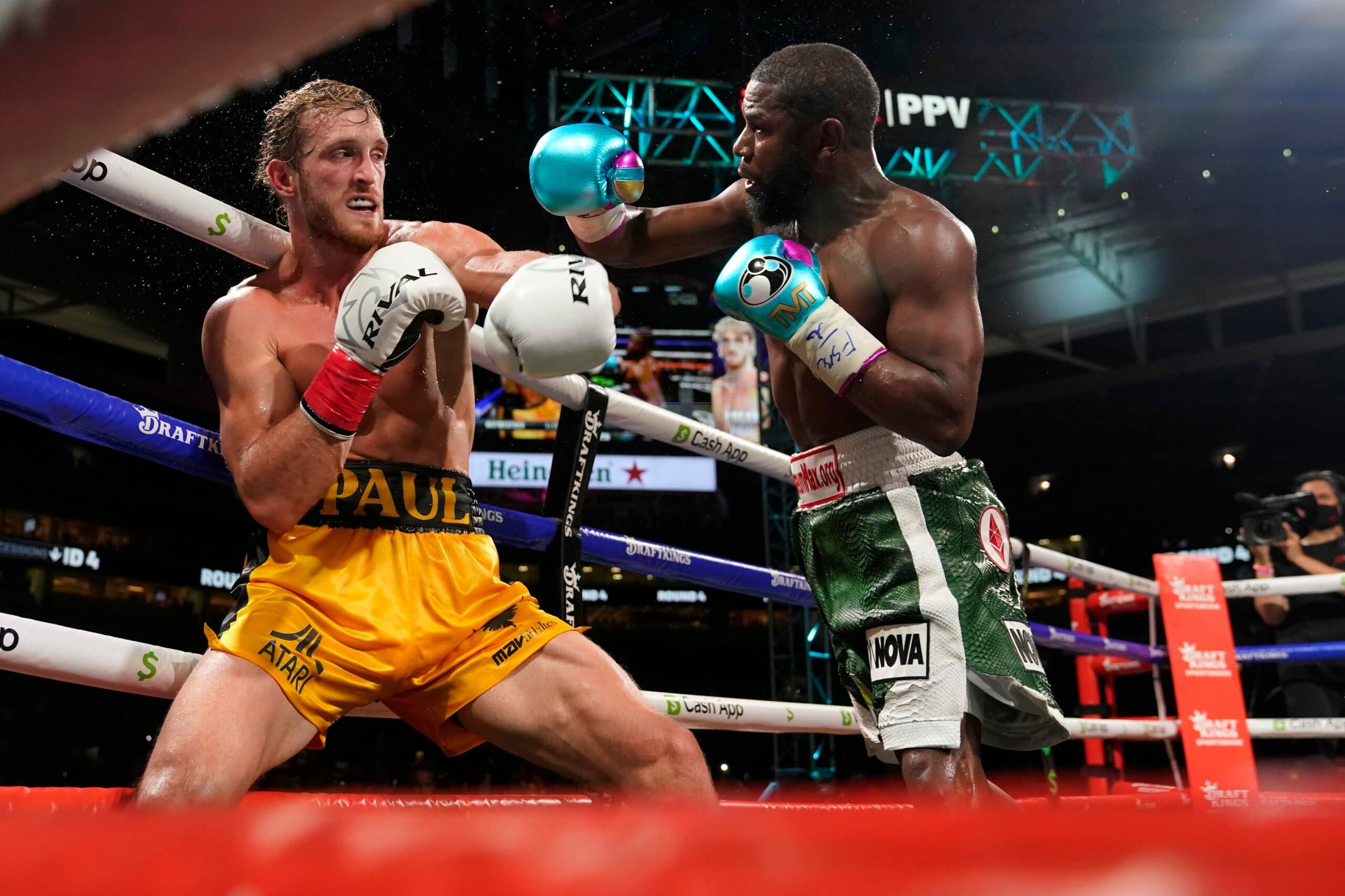
Boxing is one of the most well-known and celebrated types of martial arts in history. Due to its emphasis on calculation and correctness, it has been dubbed a “sweet science” by many.
For efficiency, it employs head movements, footwork, and super-targeted punches.
Even though it has been around for a long time, boxing is still seen as a modernized type of martial arts due to its constant modification, which is, once again, one of its key characteristics.
8. Mixed Martial Arts
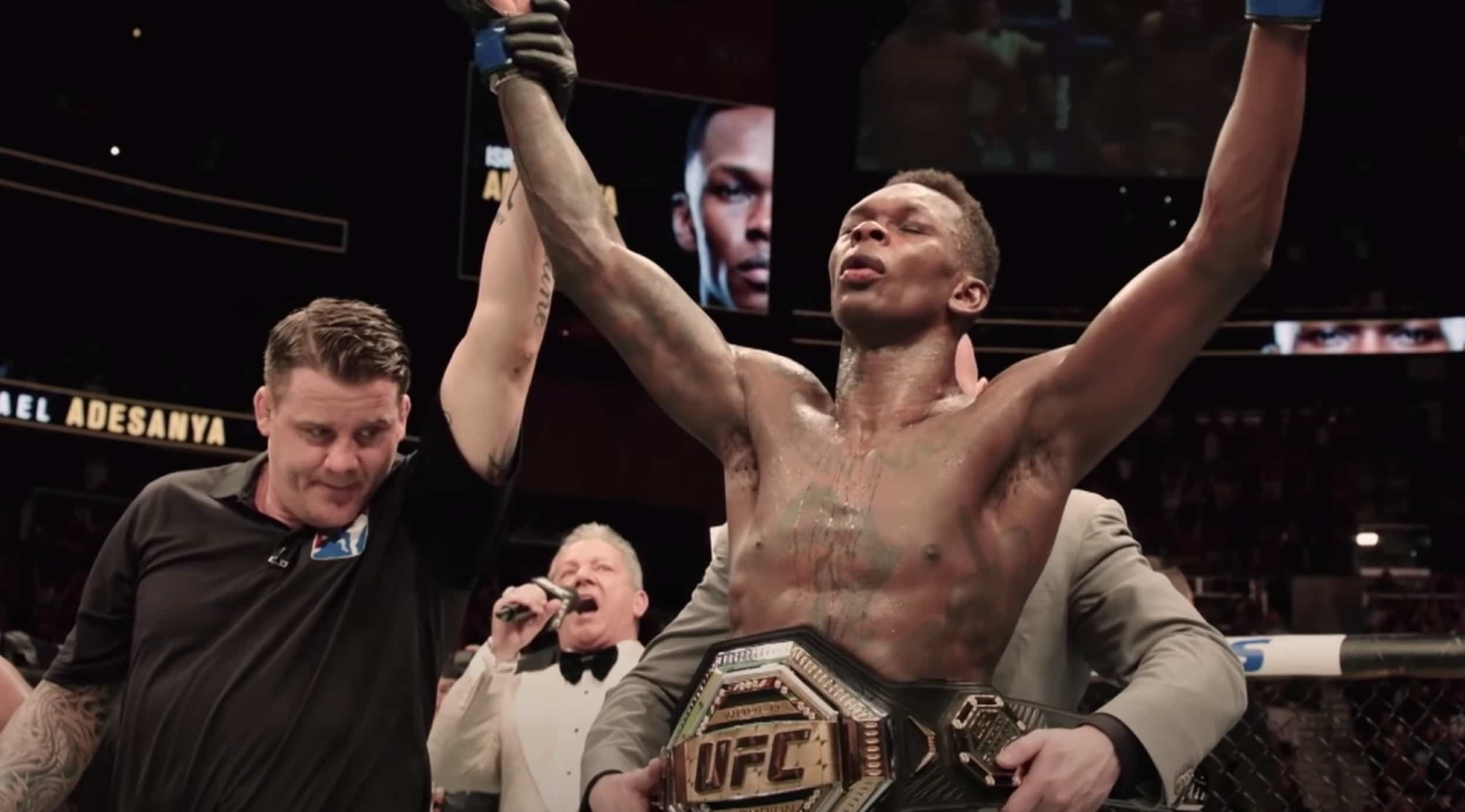
Mixed martial arts (MMA) dates back to the dawn of warfare. It was practiced in various forms in ancient Greece, China, Egypt, India, Italy, and Japan.
However, each country’s rules were distinct. MMA has grown in popularity among children, teenagers, and young adults. It was developed primarily for use in combat sports.
UFC and Bellator athletes frequently use MMA in cage-fighting bouts. Unlike karate and jiu-jitsu, MMA is not a self-defense or discipline sport. However, it is used for self-defense in cage-fighting tournaments.
In MMA, a range of grappling and striking methods are used. To be successful in this game, you must be a well-rounded fighter with good stand-up and ground defense.
MMA fighters in ONE have also pulled off some of the most spectacular knockouts and submissions ever seen on television.
9. Tai Chi

This Chinese martial technique, tai chi chuan, features coordinated, slow-motion poses. In some forms, a sword or other weapons are used.
The graceful motions of a crane fighting off a snake are claimed to have inspired tai chi, created when a Chinese monk watched the fluid movements of a crane fending off a snake and merged them with Taoist breathing practices.
Today, tai chi is mostly performed as a form of exercise rather than a combat art in the West. It’s an internal Chinese martial art used for self-defense and health reasons.
There are many various styles of training, such as the Westernized, standardized version of tai chi (tai chi chih), which resembles Chinese tai chi (tai chi chuan) but does not include any martial arts elements.
10. Muay Thai
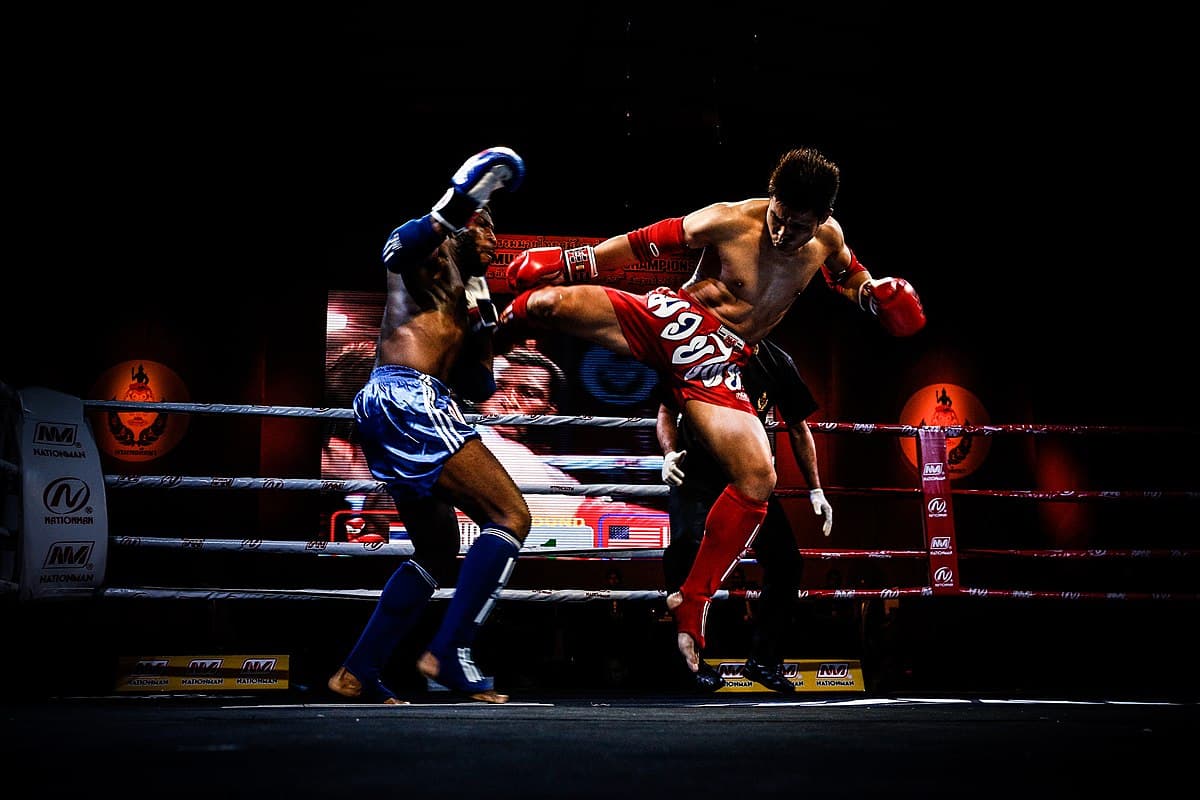
Muay Thai is Thailand’s national sport, a martial art that dates back to Siam’s Konbaung Dynasty. King Chulalongkorn converted martial arts into a sport in the nineteenth century.
Rules and regulations were introduced in the following years. Muay Thai is practiced for self-defense, health, personal improvement, and competitiveness.
Punches, kicks, knees, and elbows are the mainstays of “the art of eight limbs,” which also includes sweeps and clinches. It’s a martial art that focuses on stand-up striking and clinching techniques.
Punches, kicks, elbow strikes, and knee strikes are prevalent in MMA, with eight points of contact, as opposed to the hands and feet (four contact points), which are more commonly used in other martial arts. Muay Thai skills can be found in MMA in a variety of forms.
11. Krav Maga
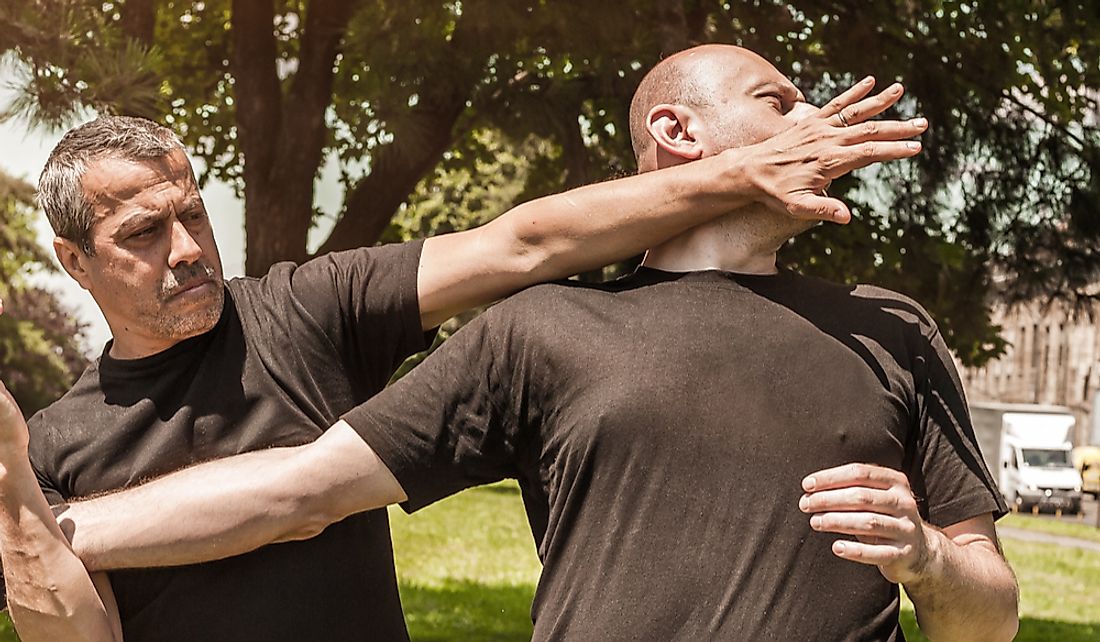
Wrestling, grappling, and striking techniques are used in this hand-to-hand combat system developed in Israel.
It is well recognized for its incredibly effective and vicious counter-attacks, which keep the practitioner safe while incapacitating the opponent in any way possible.
There are no rules for Krav Maga, and it is not affiliated with any sporting organization.
Furthermore, there is no formal uniform; however, some organizations use rank badges, levels, and belts to recognize progress.
The willingness and ability to use materials found in the environment to overcome an opponent, particularly those of greater size and strength, is a major feature of this martial art discipline.








